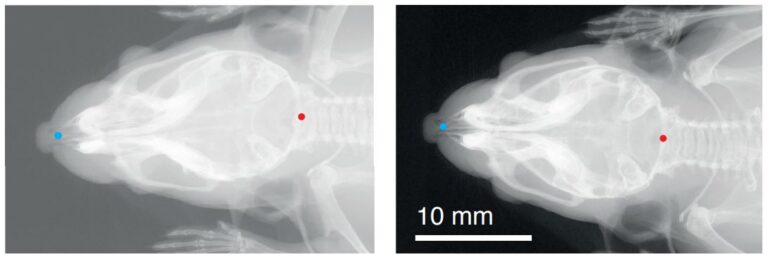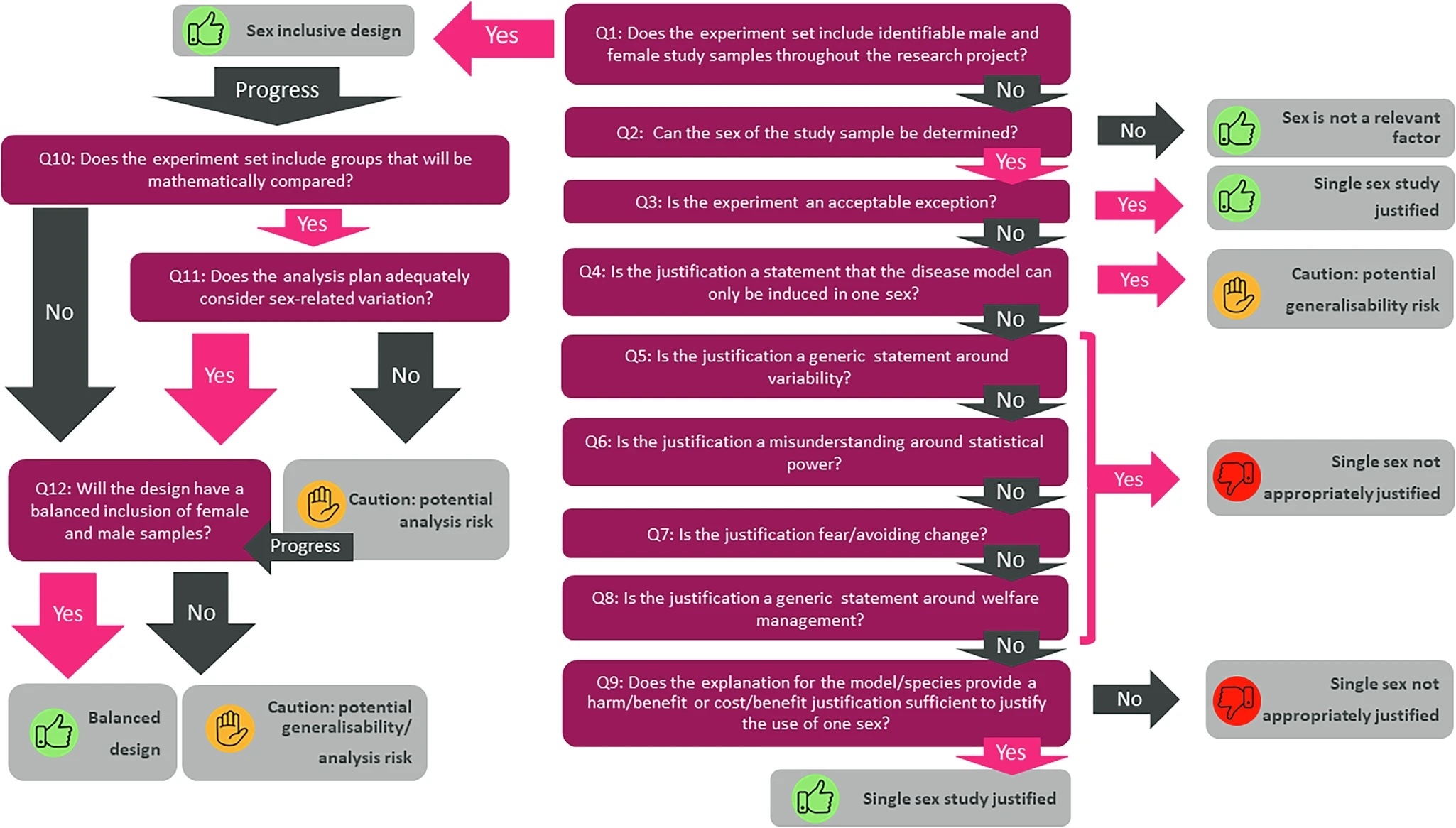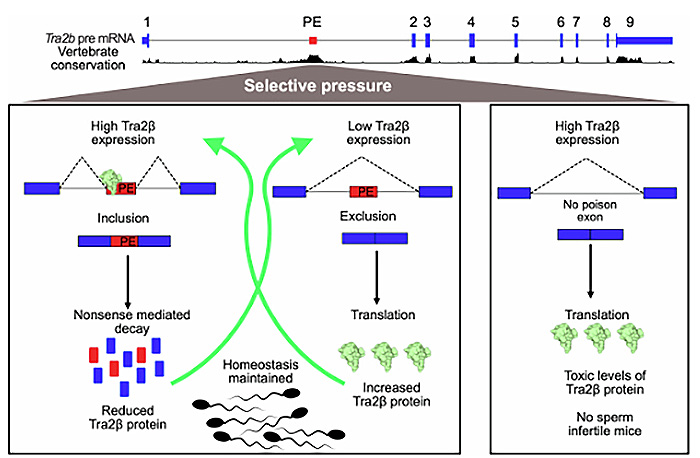Comprehensive phenotypic analysis of a mouse model that replicates the majority of the gene dosage increase in Down syndrome
Down syndrome is a complex condition affecting many tissues throughout the body and is the most common genetic cause of intellectual disability, Alzheimer’s disease, and heart defects. However, there are no effective treatments for most of the characteristics of Down syndrome and the disease is poorly understood. Researchers at MRC Harwell have now co-led a large collaboration to provide the first comprehensive analysis of a mouse model of Down syndrome, published in Disease Models & Mechanisms, that reveals a broad range of disease-associated effects.
Down syndrome is also known as trisomy 21 as it is caused by having a third copy of chromosome 21, and therefore increased dosage of the approximately 230 genes found on the chromosome. With so many genes affected, it shouldn’t be surprising that the disease causes so many problems across the body, including learning and memory impairment, craniofacial alterations, congenital heart defects, leukaemia, diabetes, and impaired hearing and vision. Unfortunately, for most characteristics of the disease, connections between increased dosage of specific genes and their effects have not yet been made.
Mice are genetically very similar to humans, so provide very useful disease models, but the organisation of their genes across their chromosomes do not match up entirely. The largest region similar to human chromosome 21 is found on mouse chromosome 16. For this study, the team used a mouse model, called Dp1Tyb, that has an extra copy of this entire region. This is an extra copy of 148 genes, which accounts for 63% of the mouse versions of genes found on chromosome 21 in humans. This replicates the majority of the gene dosage increase in Down syndrome, so should make it an appropriate model of the disease. Until now, there had been no thorough investigation into the number of disease characteristics found in these mice.
To do this, the team, led by Heather Cater, a Phenotyping Manager at MRC Harwell, and Eva Lana-Elola at the Francis Crick Institute, followed International Mouse Phenotyping Consortium (IMPC) pipelines to measure 1800 parameters. These included broad physiological analysis, measurement of cardiac function in older mice, and investigation of cognitive and behavioural changes. Among these 1800 parameters measured, they found 468 differences in comparisons between healthy wild-type mice and the Down syndrome model mice.
The Dp1Tyb mice exhibit wide-ranging Down syndrome-like phenotypes, including craniofacial changes, altered cardiac function, a pre-diabetic state, and deficits in memory, locomotion, hearing and sleep. This shows that these mice could provide a very useful model for investigating the complex relationship between genetic changes and the observed characteristics of Down syndrome.
Although it has been known that Down syndrome is caused by trisomy 21 for roughly 60 years, a lack of understanding of how an extra copy of chromosome 21 leads to the wide range of symptoms has hindered development of effective treatments. Mouse models that replicate the features of the disease will be of great use in mapping which genes relate to different phenotypes, so that it might be possible to understand the genetic mechanisms that lead to disease, thereby allowing development of new treatments.
This work was funded by UKRI MRC, Wellcome Trust, Cancer Research UK, the European Commission, and the National Human Genome Research Institute of the National Institutes of Health.
The paper was selected to be highlighted with an Editor’s Choice article, “Exploring the genes of chromosome 21 in a Down syndrome mouse model” in the October 2021 Edition of Disease Models & Mechanisms.
Lana-Elola E, Cater H, Watson-Scales S, Greenaway S, Müller-Winkler J, Gibbins D, Nemes M, Slender A, Hough T, Keskivali-Bond P, Scudamore CL, Herbert E, Banks GT, Mobbs H, Canonica T, Tosh J, Noy S, Llorian M, Nolan PM, Griffin JL, Good M, Simon M, Mallon AM, Wells S, Fisher EMC, Tybulewicz VLJ. Comprehensive phenotypic analysis of the Dp1Tyb mouse strain reveals a broad range of down syndrome-related phenotypes. Dis Model Mech. 2021 Sep 3:dmm.049157. doi: 10.1242/dmm.049157. doi: https://doi.org/10.1242/dmm.049157



